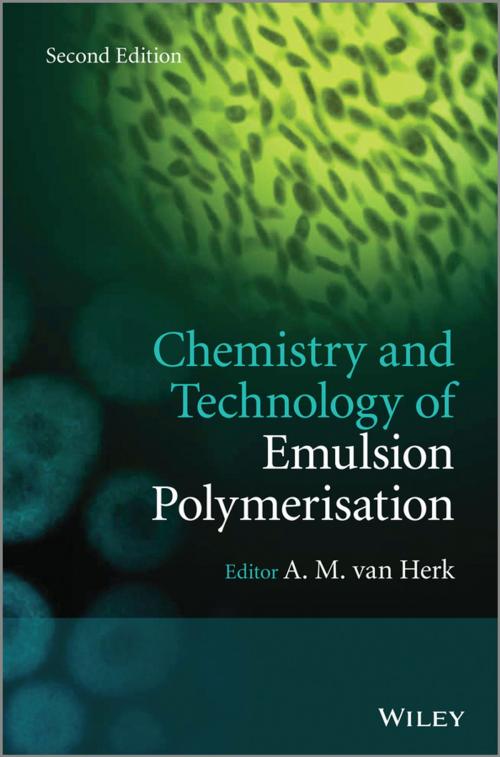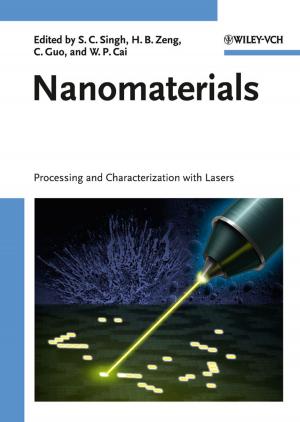Chemistry and Technology of Emulsion Polymerisation
Nonfiction, Science & Nature, Technology, Engineering, Chemical & Biochemical| Author: | ISBN: | 9781118638361 | |
| Publisher: | Wiley | Publication: | May 13, 2013 |
| Imprint: | Wiley | Language: | English |
| Author: | |
| ISBN: | 9781118638361 |
| Publisher: | Wiley |
| Publication: | May 13, 2013 |
| Imprint: | Wiley |
| Language: | English |
Chemistry and Technology of Emulsion Polymerisation 2e provides a practical and intuitive explanation of emulsion polymerization, in combination with both conventional and controlled radical polymerization. For those working in industry, coupling theory with everyday practice can be difficult. By carefully explaining the principles of the reaction, based on well-designed experimental investigation, the book explains how the principles relate to practical application.
The second edition of this book includes a new chapter on morphology of latex particles, a rapidly progressing area where modelling the thermodynamic and kinetic aspects of phase separation and morphology has developed into a mature and powerful tool to predict and control morphology of latex particles.
Another area that is rapidly progressing is the application of controlled radical polymerisation in emulsion polymerization. Controlled radical polymerisation is used in aiding encapsulation of inorganic particles like pigment particles and clay platelets. These latest developments are included in the second edition.
Chemistry and Technology of Emulsion Polymerisation 2e provides a practical and intuitive explanation of emulsion polymerization, in combination with both conventional and controlled radical polymerization. For those working in industry, coupling theory with everyday practice can be difficult. By carefully explaining the principles of the reaction, based on well-designed experimental investigation, the book explains how the principles relate to practical application.
The second edition of this book includes a new chapter on morphology of latex particles, a rapidly progressing area where modelling the thermodynamic and kinetic aspects of phase separation and morphology has developed into a mature and powerful tool to predict and control morphology of latex particles.
Another area that is rapidly progressing is the application of controlled radical polymerisation in emulsion polymerization. Controlled radical polymerisation is used in aiding encapsulation of inorganic particles like pigment particles and clay platelets. These latest developments are included in the second edition.















